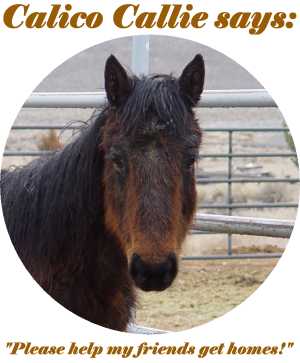(This is a continuation from Part Two.)
Mustang Falcon: AERC endurance horse, 3rd level dressage horse,
5th ranked 2007 California all breed competitive trail trials horse, 2008 Champion Showmanship horse.

Most wild horses are smart and athletic. Most are socially astute and when placed in the right environment can excel in many areas. Most burros tend to think about things before they act, however they also make great pets. Understanding these animals makes adoptions more rewarding for both humans and the animals.
Pac Man loves to move cows.
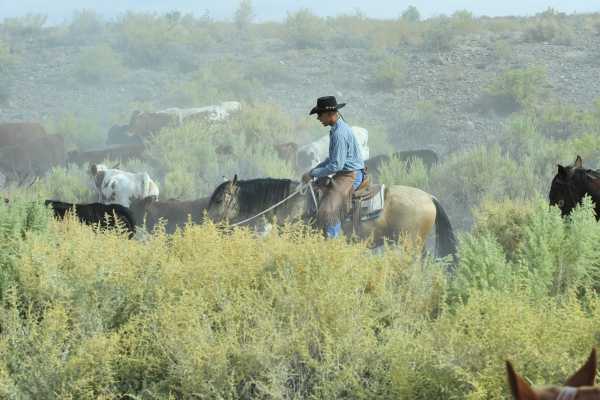
Fundamental Principles for Success.
(Please note that for simplicity, the term "horse" is used to represent both horses and burros.)
Attitude is more important than experience when adopting and gentling a wild horse. The keys to success include the following principles.
- The adopter needs to be interested in the horse.
Horses are emotional and social animals, not machines. Adopters who develop strong relationships with their horses before working on technical elements tend to be the most successful.
Willing to try a new behavior on trust.

- An adopter's experience is not as important as an adopter's attitude.
Willingness to understand the horse and apply safe and sane approaches to socialize a wild horse is often more useful than prior horse experience.
First time adopter Glenn Gable with "Black Bart."
(Bart was adopted as a 7 year old a couple of months before the photo was taken.)
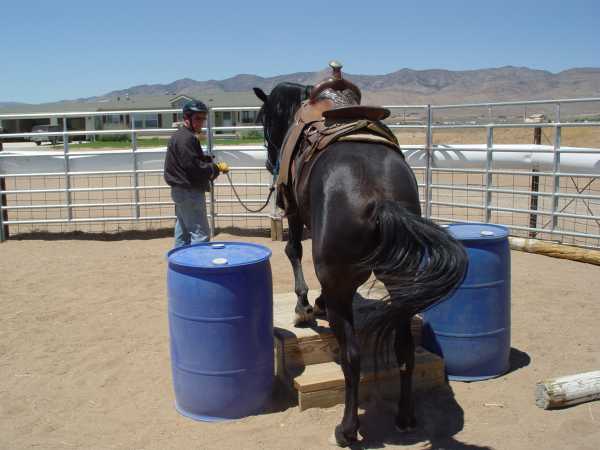
- The age of a horse is less important than the willingness of the horse.
Older horses are oftentimes very responsive to appropriate gentling and training approaches. An adopter is not likely to succeed in bullying an older horse, but most respond well to effective socialization and communication.
Swedish journalist Willy Klaeson on 11 year old "Virginia Range Rusty."
(Willy and his publisher gentled and trained Rusty for two weeks with help from a "coach.")
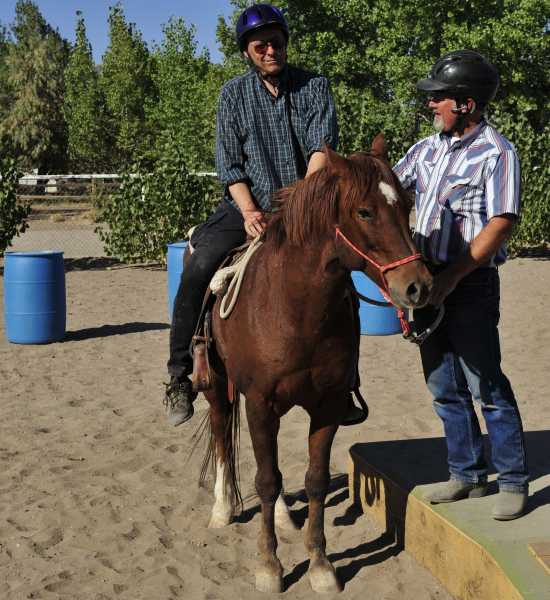
Fact versus spin.
Critics of the wild horse advocacy movement falsely claim that advocates are long on complaints and short on solutions. The truth is that dozens of hands-on organizations are continuously at work on a wide variety of substantive issues to help preserve our public ranges, our horse herds, and help the horses that have been brought off our public lands.
One of the most undervalued elements of wild horse advocacy involves education. When people understand wild horses, both on the range and when in private care, the welfare of the horses improves.
"Wild Horse U."
Learning "safe and sane" gentling approaches at Palomino Valley.

(Burros are included also.)

The fact is that advocates can make a difference by supporting the activities that help horses. After all, it should all be about the horses. It's all up to us.
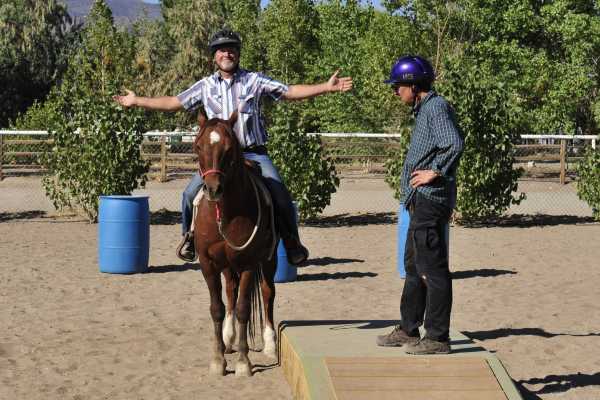
For more information about adopting a BLM horse, please visit wildhorseandburro.blm.gov
or call 1-800-4MUSTANGS.
|

